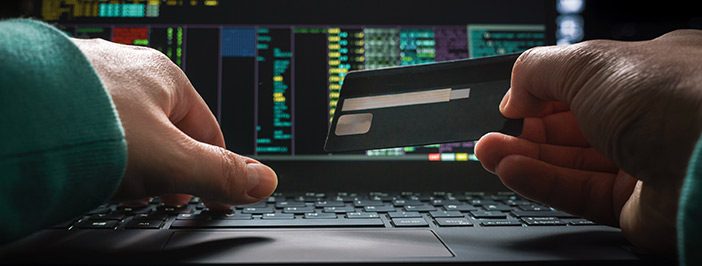The online environment has never been more perilous to navigate. And at the same time, consumers are buying more of their shopping items online than ever before.
In theory, merchants have your back and have strategies in place to keep your data encrypted and protected. But if recent data breaches are any indication, it’s not impossible that even the most trusted merchants can lose your data, resulting in a credit card data breach.
The good news is that there’s still time to protect yourself from loss. Here are 3 steps you can take to protect yourself after a credit card data breach.
Related: 10 common security mistakes that can sink your network
Check your statements
This is an obvious first step. Go over your purchases with a fine-toothed comb looking for fraudulent transactions. And don’t just look for big ones either. Often, data thieves will hit you for a series of small charges to see if you’re paying attention. If you aren’t, they’ll go for a larger slice or continue to dry out your bank account one small charge at a time.
By taking the time to verify every transaction on your statement and to cross-reference it against the projected range of the data breach (companies usually send out documentation to those potentially affected), you can save yourself a lot of potential trouble.
If you find fraudulent or suspicious charges, report them to your financial institution as soon as possible. The quicker you report the charges, the more likely it is you can get them removed. Either way, you’ll want to take the next step just to be safe.
Ask for a new card
Many consumers fail to take this preventative step because they don’t think they’ve been impacted by the breach. But this is a mistake. Victims of data breaches may not realize their cards have been breached until months down the road when a large chunk of money disappears. It never hurts to err on the side of caution.
While you’re at it, consider discussing spending limits and security features your bank can implement. With these additions, the bank can now identify attempts to overspend or even overstep account features, which means you can benefit from an additional layer of oversight and security.
Change pin numbers and passwords
This one is a redundant safety precaution. It’s hard to know the extent of data that’s been breached, and where that data trail can lead to. Take the time to update all your online passwords, as well as the pin number on your new card. This way, if any data is left lingering after the incident, it can’t hurt you or your new card.
Related: 3 new wireless solutions that don’t require passwords
Take a stand now
Breaches happen. And when they do, consumer trust for the breached organization often goes by the wayside. Which is understandable. But this doesn’t mean you can’t build up your own defenses. Understand how to properly respond to a breach and it’ll save you a lot of headache in the long run.

Charles Lobert, has been in the Detroit Metro Area’s IT industry for over two decades & with VCS since ’04. Throughout the years, Lobert has held nearly every position at VCS & is responsible for several major organizational shifts within VCS.

